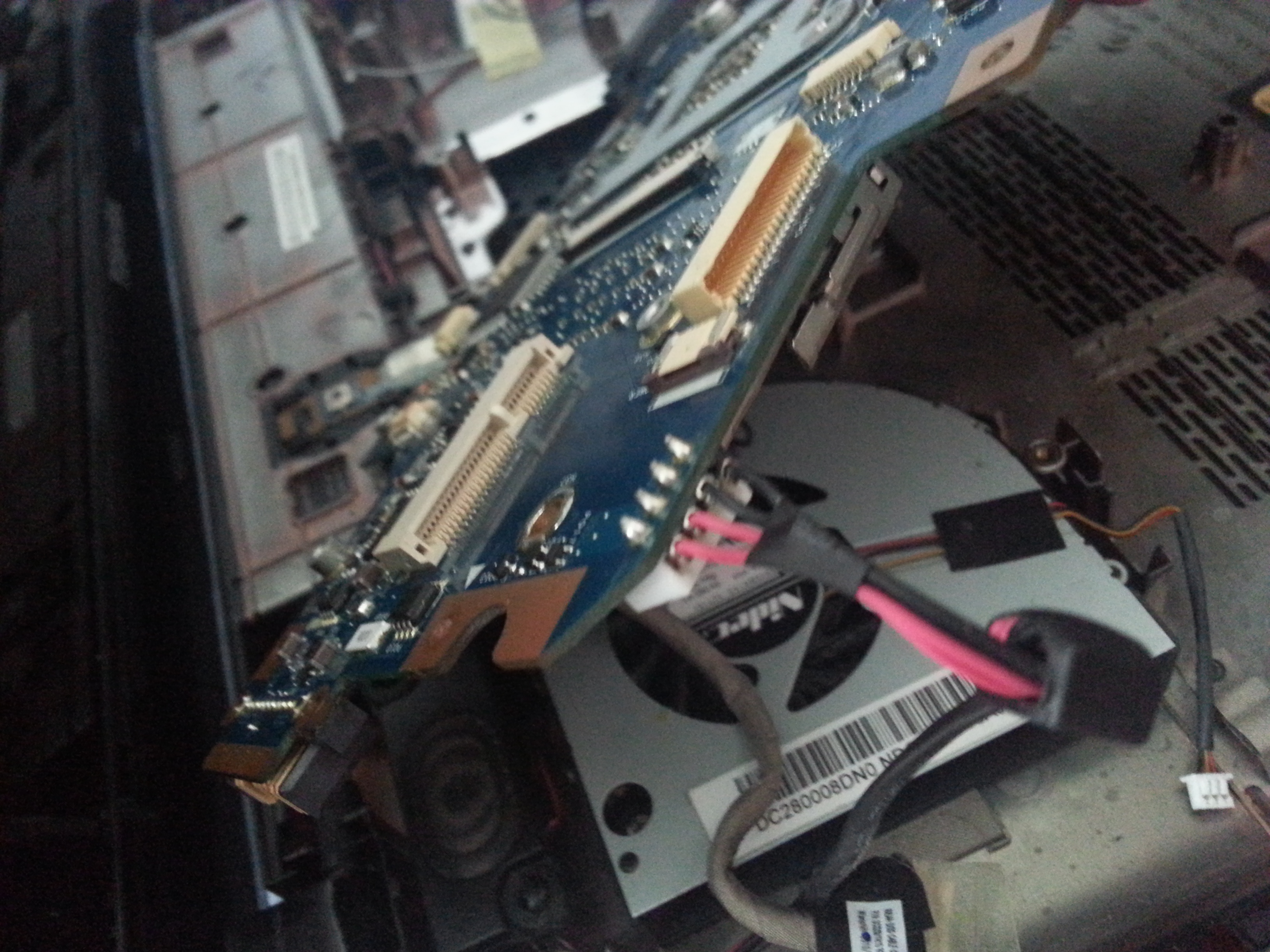michaelaubry1991 :
USAFRet :
If you need to remove something that is soldered on, you need the proper tools and the requisite skill.
What led you to believe you need to cook the motherboard?
It only works when heat is applied to the motherboard, I used a hairdryer while it was intact, it works well until it begins to cool down.
After trying many many different tactics, blow drying it with the hair dryer got it to work. It is said that cooking the motherboard can be fairly common as solder joins crack and get loose.
I figure applying much more intense heat via oven would solve the issue more long term.
It's just puzzling/frustrating that soldering has to be used after taking the whole thing apart, one step away from sticking it in the oven, now it appears I have to go out buy a tool then learn how to use it.
I just wanted to hear some possible advice and see what people think about the situation get their take, and make a decision on what to do.
The solder used in electronics typically begins to melt somewhere between 300 degrees centigrade and 400 degrees centigrade depending on the particular alloy of lead, tin, and silver (not necessarily all present) used. Most hair dryers don't get nearly hot enough for this, but they can heat the board up enough to cause a small amount of thermal expansion.
Broken joints or cold joints need to be reworked, that is they must be melted and allowed to settle again, preferably after applying solder flux to clean off the oxide layer that forms on the outside of the joint. If you suspect that there may be a bad joint in there somewhere, then you should first see if the device is still under warranty, as this constitutes bad workmanship and would normally be replaced.
If the device is not under warranty, then you can try and repair it yourself but be forewarned that the likelihood of destroying the motherboard is far higher than the likelihood of fixing it. In any case, the worst that can happen is that you need to replace it; this is fine, because it's what will most likely need to be done anyway. As the saying goes,
if it isn't broken, don't fix it. If you force it and it breaks, it needed fixing anyway
Anyway, on to the fun part.
Don't use your oven under any circumstances. It may work, but you will end up polluting your oven with hazardous chemicals that you definitely don't want in your food. If you have an old toaster oven that you don't mind never using for food again (make sure that you write this on the oven somewhere visible) then you can use this. You would want to bake the board at 300 degrees for about 2 minutes. This may damage some plastic connectors on the board though, as these are typically attached later on in the manufacturing process by machinery which has the ability to localize heat to a particular area of the board. You don't have this machinery, so it's best-effort-only.
Alternatively you can purchase a hot-air reflow gun. These are fairly affordable and very handy hobby tools. This is the one that I use, it's pretty easy to use
http://www.amazon.com/WEP-858D-Soldering-Station-Suitable/dp/B0055B6NGE/
This will allow you to apply heat to a particular area of the board where you think the defect may be. It will greatly decrease the likelihood of irreparably damaging the board, but the chances of actually fixing it are pretty slim.
As USAFRet mentioned, if you have something else to practice on first, you may have more luck.
As mentioned before, check and see if it's under warranty first. Also check and see if a replacement part is readily available as this may be cheaper than purchasing tools to fix it yourself.



